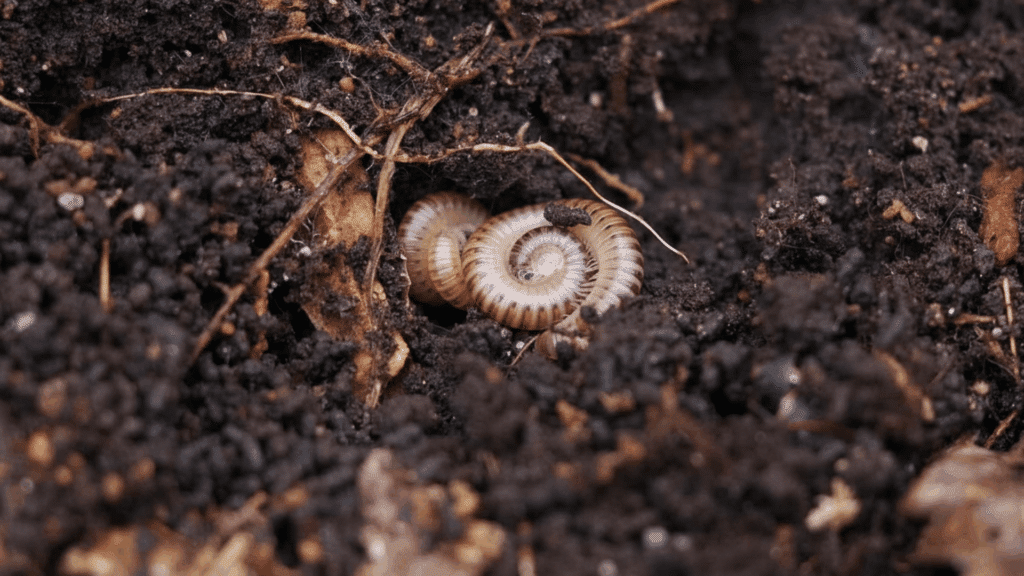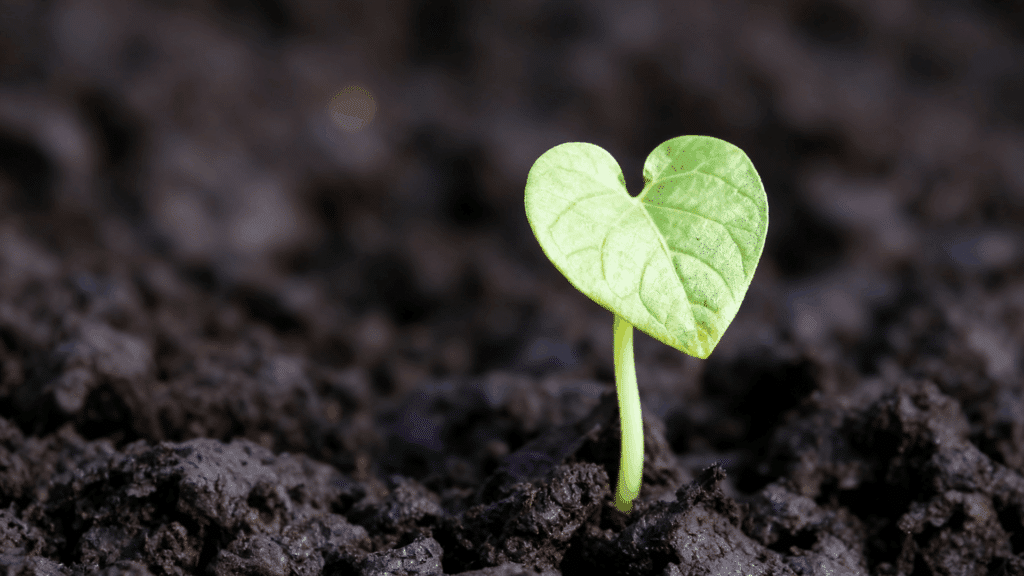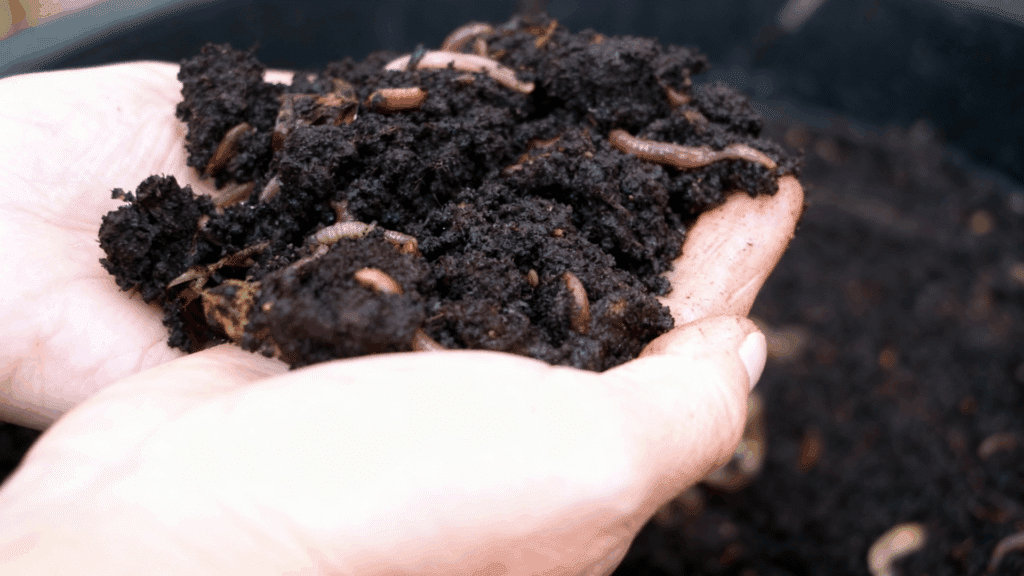Humus is an important part of soil, but many people don’t know what it really is. The word is often used in gardening and farming, but it can sound confusing at first.
Some may think it’s the same as dirt, but it’s not. Humus has a special role in keeping soil healthy.
It helps plants grow better and keeps the ground strong. This blog gives a simple and clear explanation of humus.
The goal is to help readers understand what it is, where it comes from, and why it matters.
With the right words and examples, humus is easy to learn about. This guide will make it simple for anyone who wants to understand soil better.
What is Humus?
Humus is the dark, rich part of soil that forms when dead plants and animals break down fully. It is soft, crumbly, and dark brown or black in color.
Humus is full of nutrients that help plants grow strong. It is not alive, but it comes from things that once were.
When leaves fall, grass dies, or animals leave waste, those things begin to rot. Tiny soil creatures like worms, fungi, and bacteria help break them down.
Over time, what is left behind is humus, the final stage of decay. Nothing breaks it down further, which is why it stays in the soil for a long time.
Humus also looks and feels different from regular dirt. It has a soft, loose texture and crumbles easily in your hand. It smells earthy, like fresh forest ground.
Where Does Humus Come From?

Humus forms in nature all the time. Here are some common sources:
- Fallen Leaves: In the fall, trees drop their leaves. These leaves break down slowly and turn into humus.
- Dead Plants: When plants die, their stems and roots stay in the ground. These parts rot and help make humus.
- Animal Waste: Waste from animals breaks down and adds to the soil.
- Dead Insects or Small Animals: These also rot and help build humus.
In a healthy garden or forest, humus is always forming.
Why is Humus Important?

Humus plays a big role in keeping soil healthy. It helps plants grow, supports soil life, and keeps the ground strong. Below are the key ways humus helps soil stay in good shape:
1. Holds Nutrients
Humus acts like a storage bin for plant food. It holds nutrients like nitrogen, phosphorus, and potassium.
These are the main things plants need to grow strong and healthy. Humus keeps these nutrients in the soil, so they don’t wash away.
This means plants can take what they need over time. Soil with humus doesn’t need as much added fertilizer, which also saves money and effort.
2. Keeps Soil Moist
Humus works like a sponge. It holds water and keeps the soil damp even when the weather is dry.
This helps plants grow better because their roots can always find water. In dry places or during hot weather, humus keeps the soil from drying out too fast.
This makes watering easier and helps plants stay healthy without needing water all the time.
3. Improves Soil Texture
Humus makes the soil soft, loose, and crumbly. This is good because roots can grow through it easily.
It also lets air and water move through the soil better. When humus is added to hard clay or sandy soil, it improves how the soil feels and works.
This makes digging, planting, and growing easier for both gardeners and farmers.
4. Feeds Soil Life
The soil is full of tiny living things like fungi, bacteria, and worms. These creatures help break down dead plants and animals.
They also help build more humus. But they need humus to stay alive and healthy. Humus gives them food and a good place to live.
When soil life is strong, the whole soil system works better, helping plants grow better too.
5. Reduces Erosion
Humus helps hold soil together. This means wind and rain won’t carry it away as easily. When soil stays in place, it keeps its nutrients and water.
This protects gardens, farms, and nature from losing good soil.
In places with heavy rain or strong winds, humus helps stop damage. Keeping soil strong and in place is important for healthy land and clean water.
How to Add Humus to Soil

If your soil is poor, you can add humus or humus-rich material to help it. Here are some easy ways to improve humus soil:
- Add Compost: Even if compost is not yet humus, it helps build humus over time. Keep adding compost to your garden beds each year.
- Use Mulch: Mulch is made of wood chips, straw, or leaves. It covers the soil and breaks down slowly. As it breaks down, it turns into humus.
- Grow Cover Crops: Cover crops like clover or rye grow between seasons. When they are turned into the soil, they break down and add organic matter. This helps build humus over time.
- Avoid Chemicals: Too many chemical fertilizers can harm the tiny creatures that make humus. Try to use natural fertilizers and avoid overworking the soil.
What Makes a Good Humus Soil?
A good humus soil is rich, dark, and full of life. It should feel soft and hold water well. Roots grow easily in this type of soil.
These are a few signs of healthy humus soil:
- Dark brown or black color
- Crumbly texture
- Earthy smell
- Good plant growth
- Lots of earthworms
Humus in Farming and Gardening
Farmers and gardeners both need humus soil to grow healthy crops. Here’s how humus helps in each:
In Farming:
- Better Yields: Crops grow better in humus-rich soil.
- Fewer Chemicals: Farmers can use less fertilizer when humus holds nutrients.
- Improved Soil Structure: Tractors and rain do less damage to soft, crumbly soil.
In Gardening:
- Healthier Plants: Flowers, vegetables, and trees all grow better.
- Less Watering: Humus keeps water in the soil.
- Fewer Weeds: Strong plants crowd out weeds more easily.
Adding compost and mulch helps build humus in garden beds.
Can You Buy Humus?
Yes, you can buy products labeled as “humus soil” at garden stores or online. These mixes often contain rich, dark, decomposed organic matter that helps improve soil.
However, they may not be pure humus, since true humus forms slowly in nature over time.
Many store-bought products are actually compost or partly broken-down materials. When buying, look for soil that is dark, crumbly, and free of large chunks.
These are signs of good quality. Humus soil can help hold water, feed plants, and support soil life. Always mix it well into your garden or potting soil for the best results.
How to Test for Humus
You can’t always see humus, but here are some ways to guess how much is in your soil:
- Color Test: Dark soil may have more humus.
- Feel Test: Crumbly, loose soil is a good sign.
- Smell Test: An Earthy smell means healthy soil.
- Worm Test: More worms mean more humus.
You can also send a soil sample to a lab. They will test for organic matter and tell you how much humus may be present.
Wrapping Up
Humus may seem like a small part of soil, but it plays a quiet, steady role in helping plants grow and soil stay strong.
It doesn’t form quickly, and it can’t be rushed. But once it’s there, it keeps working for years. You won’t always see it, but your plants will feel the difference.
Good soil isn’t just dirt; it’s alive, active, and full of history. Humus is a big part of that story.
Think of it as the soil’s memory, holding on to the past to feed the future.
Want better soil? Start small. Add natural things, care for your ground, and let humus do the rest.

